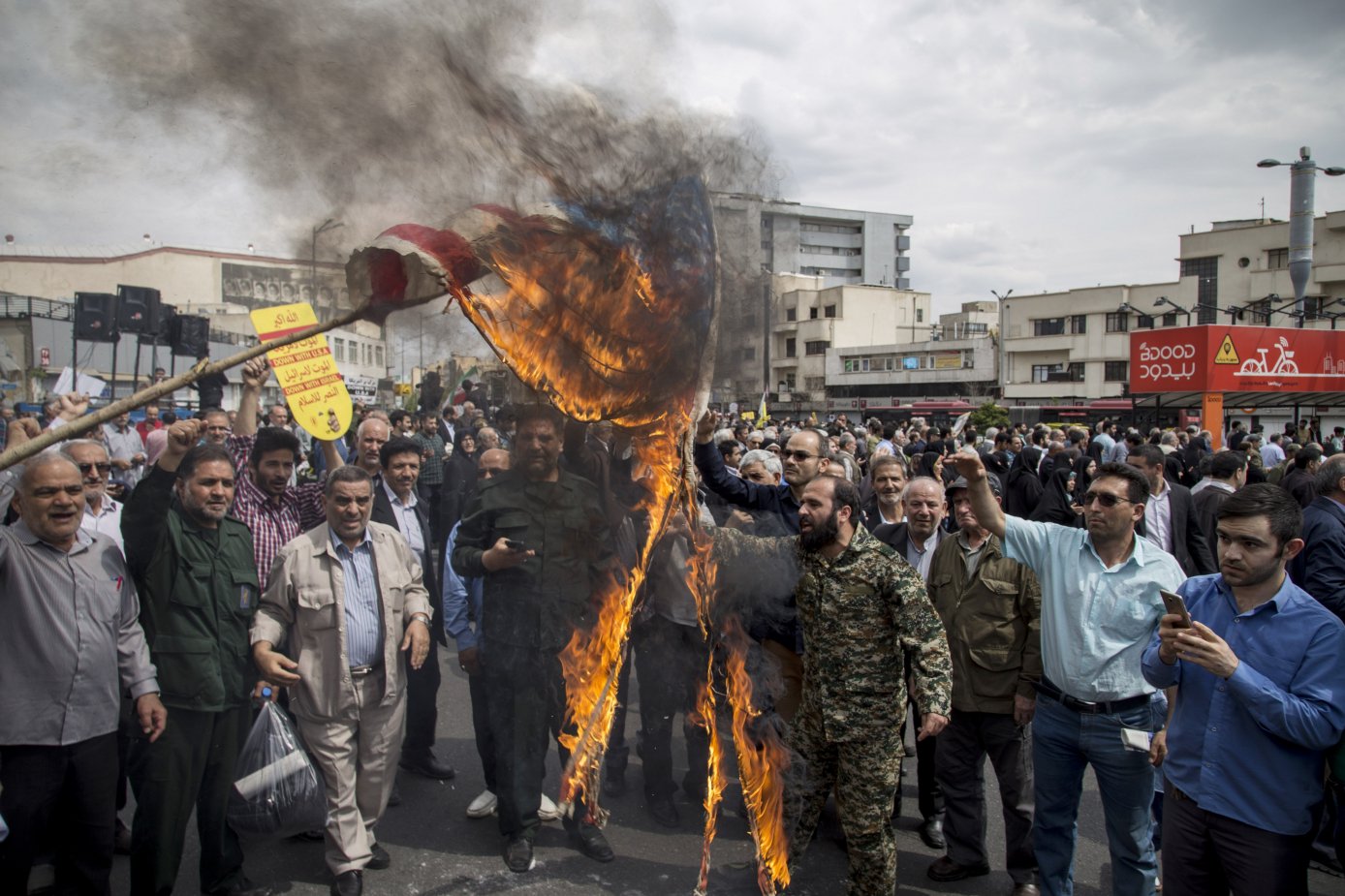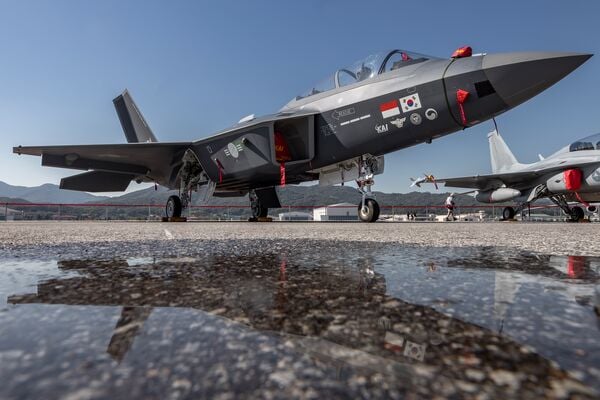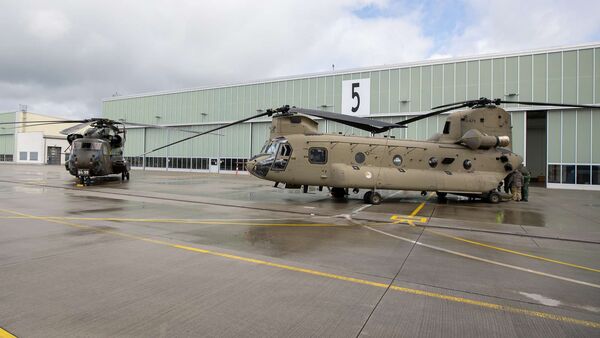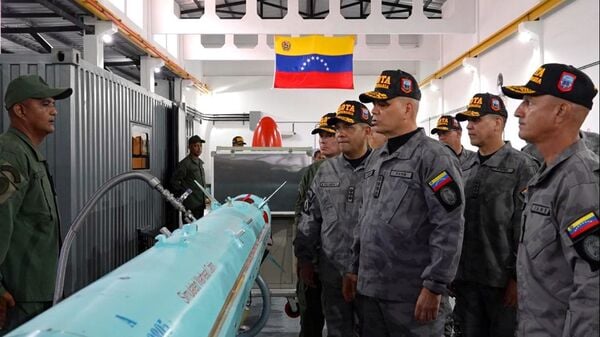- About
- Intara
- Capabilities
- Advisory
- Resources
- News
- Store
Iranian IRGC consolidates primacy in intelligence operations
19 August 2020
by Eric Randolph
Since its formation in 2009, the Islamic Revolution Guard Corps - Intelligence Organisation (IRGC-IO) has gained increasing dominance over the domestic security sphere in Iran. Under the direct control of Supreme Leader Ali Khamenei, it has targeted officials, journalists, lawyers, activists, and dual nationals, severely undermining the policies and status of successive elected governments. In doing so, it has encroached upon, and in many respects sidelined, the government’s Ministry of Intelligence and Security (MOIS).
The creation of the IRGC-IO came shortly after the disputed re-election of then-president Mahmoud Ahmadinejad in June 2009 and the mass ‘Green Movement’ protests that followed and lasted until February 2010. These were viewed as an existential threat to the revolutionary system, requiring an overhaul of the country’s intelligence services. This proximate cause dovetailed with the long-term desire of Khamenei and his allies in the IRGC leadership to assume greater control over the instruments of coercion and power within Iran’s complex and often overlapping structures, making the intelligence apparatus more opaque and less accountable to elected officials.
Janes

South Korea announces new aircraft engine factory
19 April 2024
by Akhil Kadidal


A new engine factory being developed by Hanwha Aerospace at Changwon will produce engines for the KAI KF-21 and the TA-50 multirole trainer aircraft. (Zhang Hui/VCG via Getty Images)
Hanwha Aerospace is building a new factory to produce engines for combat aircraft, including the Korea Aerospace Industries (KAI) KF-21 Boramae 4.5-generation aircraft. The new factory is also expected to support the development of South Korea's new domestic fighter engine programme.
Ground was broken for the 16,530m 2 engine production facility at Changwon on 15 April 2024, the South Korean Ministry of National Defense (MND) said on 17 April. The factory is being developed at a cost of USD30 million and is scheduled to be operational by 2025. The MND added that the factory's priority is the licence production of the 92.1 kN (20,700 lb st) General Electric F414-GE-400 engine for the KF-21.
A Hanwha Aerospace spokesperson told Janes on 19 April that “100%” of the licence manufacture of the F414 engine will be achieved at this factory. “The facility is expected to produce approximately 300 engines annually [after becoming operational], the spokesperson added.
RNLAF helps Luftwaffe prepare Chinook capability
19 April 2024
by Gareth Jennings


A Dutch Chinook (foreground) arrived at Holzdorf Air Base in mid-April to help the Luftwaffe prepare for the arrival of its own Chinooks into the station from 2027. In the background is a Luftwaffe CH-53G currently based at the location. (Bundeswehr)
The Royal Netherlands Air Force (RNLAF) is helping the Luftwaffe prepare for its upcoming Chinook heavy-lift helicopter capability, dispatching one of its own helicopters to the type's future operating station in mid-April.
The Bundeswehr said on 18 April that an RNLAF CH-47F Block 1 Chinook landed for the first time at Holzdorf Air Base (also known as Schönewalde), south of Berlin, to help the Luftwaffe prepare for the arrival of the first of its CH-47F Block II Chinook Standard Range (SR) air-to-air refuelling (AAR)-capable heavy-lift helicopters from 2027 to 2032.
“With the future stationing of the CH-47, Holzdorf Air Base will become a hub for helicopter transport. The [Luftwaffe] is gaining initial experience with the Chinook transport helicopter with its Dutch allies – in flight operations, refuelling, and training,” the Bundeswehr said.
Venezuela displays Iranian anti-ship missiles
19 April 2024
by Jeremy Binnie


Venezuelan Defence Minister Vladímir Padrino López inspects a CM-90 anti-ship missile. (Ministerio del Poder Popular para la Defensa (Venezuela))
The Venezuelan military confirmed on 16 April that it has the CM-90 export version of Iran's Nasir anti-ship missile (ASM).
Defence Minister Vladímir Padrino López inaugurated what a defence ministry statement described as a workshop for the CM-90 at Base Naval CA Agustín Armario in Puerto Cabello as part of the Bolivarian Navy of Venezuela's (ABV's) anniversary celebrations on that day. It released photographs and a video of Padrino inspecting several ASMs and associated containerised testing equipment inside a building.
The Nasir was developed from the Nasr missile, which is Iran's version of the Chinese C704, with the solid-propellant motor replaced by a turbojet engine and a launch booster. Iranian export documentation says this makes the CM-90 88 cm longer than the CM-35, the export version of the Nasr, and increases its range from 35 to 90 km.
Since its formation in 2009, the Islamic Revolution Guard Corps - Intelligence Organisation (IRGC-IO...
Latest Podcasts
Iran Israel analysis
In this podcast Janes analysts discuss the Iranian attacks on Israel on the 14 April. They highlight the military systems used by Iran and the performance and impact of these on Israel. They also discuss the implications of this attack goi...
Listen nowJanes Case Studies
Using Janes Intara to build a common intelligence picture: Russian build up on the Ukrainian border
View Case StudyNews Categories
 Security Details
Security Details